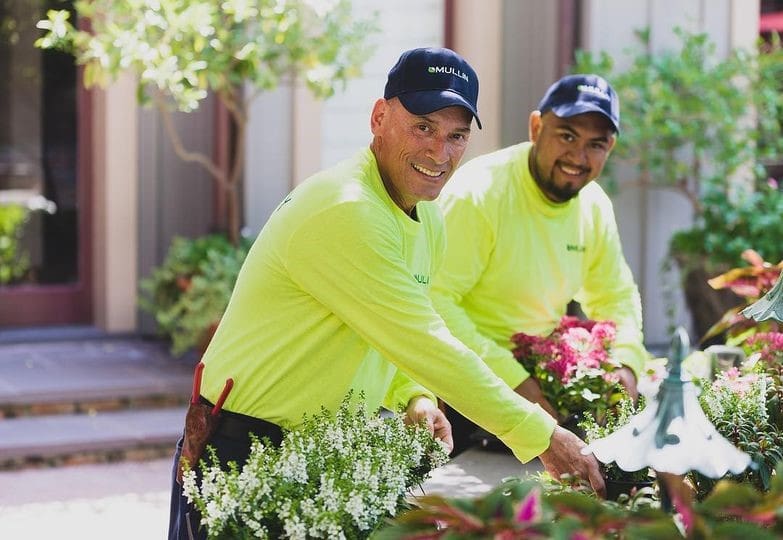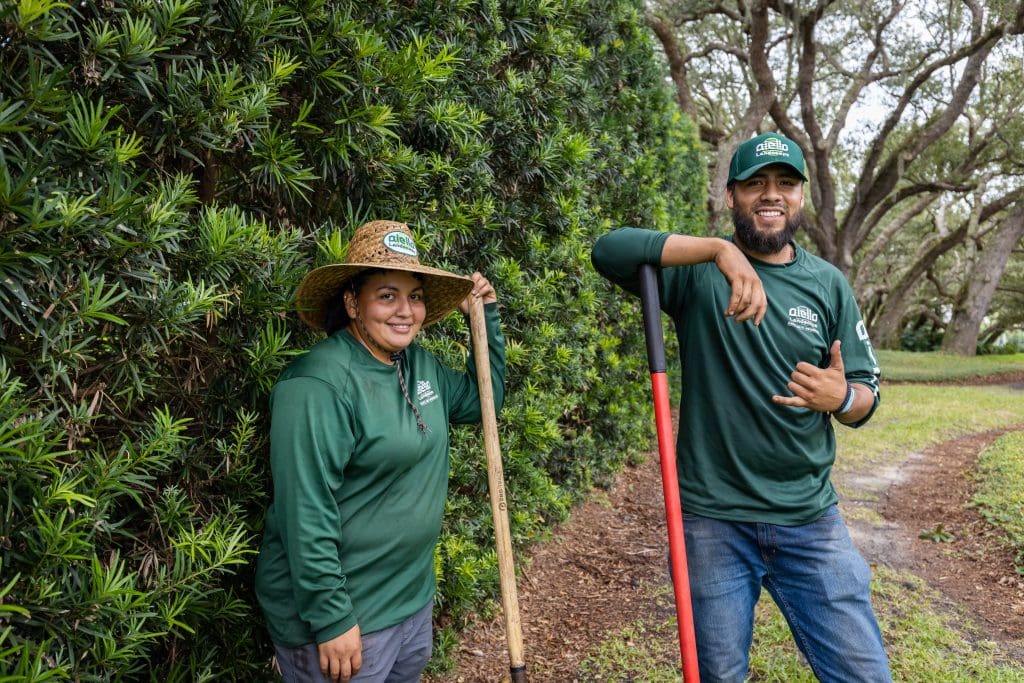
First impressions matter and your onboarding process is your opportunity to give your new hires a great first impression of your company. Not only that, but it also helps ensure they are properly prepared to work at your company long-term and understand the career possibilities.
If you’re struggling to get new employees to stay past the first few days, weeks or months, consider implementing or improving some of the methods listed below.
Make Them Feel Welcome
The most obvious aspect of onboarding is making your new team members feel welcome. You want them to feel like they belong with your company. How you go about doing so can vary. Jason New, principal of McFarlin Stanford, advises having a pre-start checklist of things to have taken care of before the new team member’s first day, such as the right uniform sizes and business cards.
Kyle Narsavage, president of GreenSweep LLC, has new hires fill out a questionnaire with their favorite things, so they provide a goodie bag of these favorite items on their first day. He says they also make a point to have team members share their responsibilities with new hires so they have a better understanding of operations from the start.
A simple gesture that Blades of Green does is mailing $20 Dominos gift cards to their new hires so they can have dinner with their family to celebrate. While it doesn’t cost much, it makes a lasting impression on their new hires.
Pair Them with a Mentor
While you should conduct training with your new hires, pairing them with a mentor provides an employee with an additional person they can learn from and direct their questions to.
“A mentor doesn’t have to be their direct boss,” says Chris Psencik, vice president of McFarlin Stanford. “It can be a colleague at the same level, but I think having a mutual accountability partner there to go to with general questions that you may not want to go to your supervisor with is really good.”
Providing a mentor can also help build a greater connection to the company for the employee.
“In that first week, if that new person hasn’t connected with someone and it doesn’t seem like they have either that buddy or that person that they’re talking to, it would be cause for concern from my standpoint,” says Gail Reinhart, people and talent director for Five Seasons Landscape Management. “It’s very easy for them to just walk away.”
Even if you don’t have a specifically assigned mentor, having new hires wear a different-colored vest can let the rest of the team know to keep an eye on new employees out working in the field. Clean Scapes Landscaping does this for at least two weeks as a safety precaution.
Encourage Camaraderie

Aside from connecting with one person on staff, encouraging camaraderie helps new employees feel like they are a part of something bigger and get to know those who they don’t work with on a regular basis.
At Mullin, the company has a budget for company culture-related expenses. They will plan monthly activities to do together with the office and field staff.
“People that come that are new or come from different companies they’re like, ‘Wow, you guys really do so much stuff for us,’” says Nubia Gutierrez, human resources manager for Mullin. “It doesn’t always come at a low cost for us, but at the end with the return on investment, it all works out. Having happier employees at the end works out better for everyone. The production is better. The culture is better.”
Conduct Check-Ins
Rather than being blindsided when a new employee turns in their notice, conducting periodic check-ins can allow you to know when a new team member is unhappy and possibly remedy the situation.
Ground Works Land Design has formal check-ins with new hires 30-day, 90-day and one-year mark, but owner Tony Nasrallah says he is also touching base with employees weekly to see if there are any issues.
During these check-ins, ask the employee questions like ‘What can we do better?’ ‘How can we make you feel more comfortable?’ and ‘What could help you excel further in your position?’
These can be a time to show your support, encourage them and identify areas of growth for them.
Show a Career Path
If your new hires come in thinking their position is just a job and there’s no opportunity for growth, they may not have the desire to stick around when things get tough during the busy season.
Companies like Surrounds Landscaping feature an accountability chart that shows the structure of the company and the roles so individuals can see where they are in the organization and how they can move up.
Be clear about the additional training or qualifications these employees need in order to be considered for these higher roles. Aiello Landscape has knowledge checkpoints their employees must meet to earn more money.
“We express to them if they want a career out of this, which is what we’re trying to hire people who want careers, we’ll pay them a very good living,” says Dan Crisafulli, vice president of Aiello. “Every year, in addition to showing up and working and all that good stuff at the end of every year, in order to be eligible for an evaluation with a raise, they have to increase their knowledge and accomplish these modules.”

